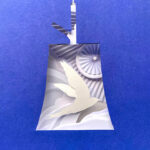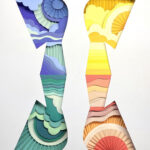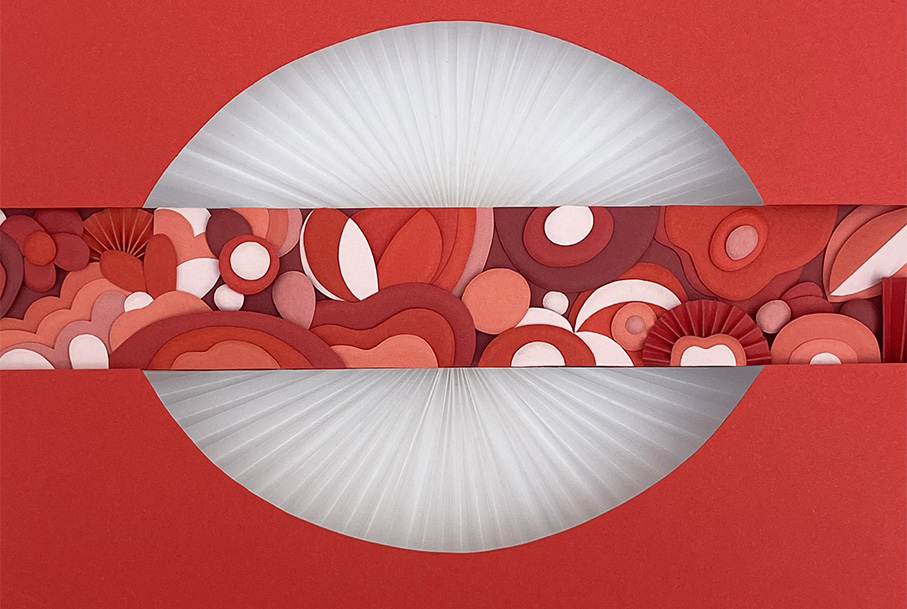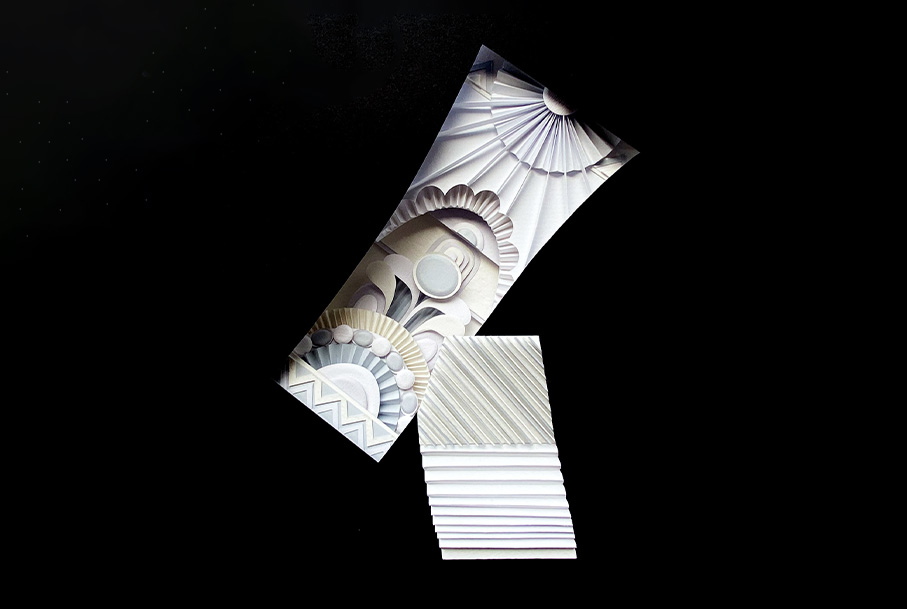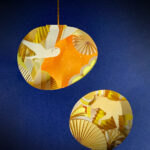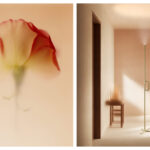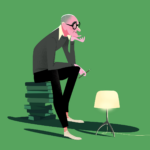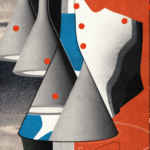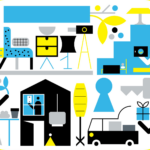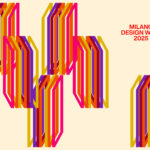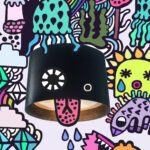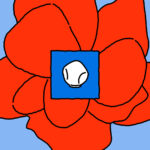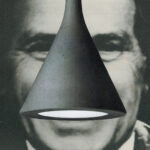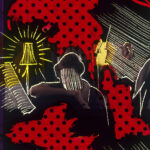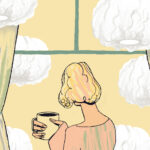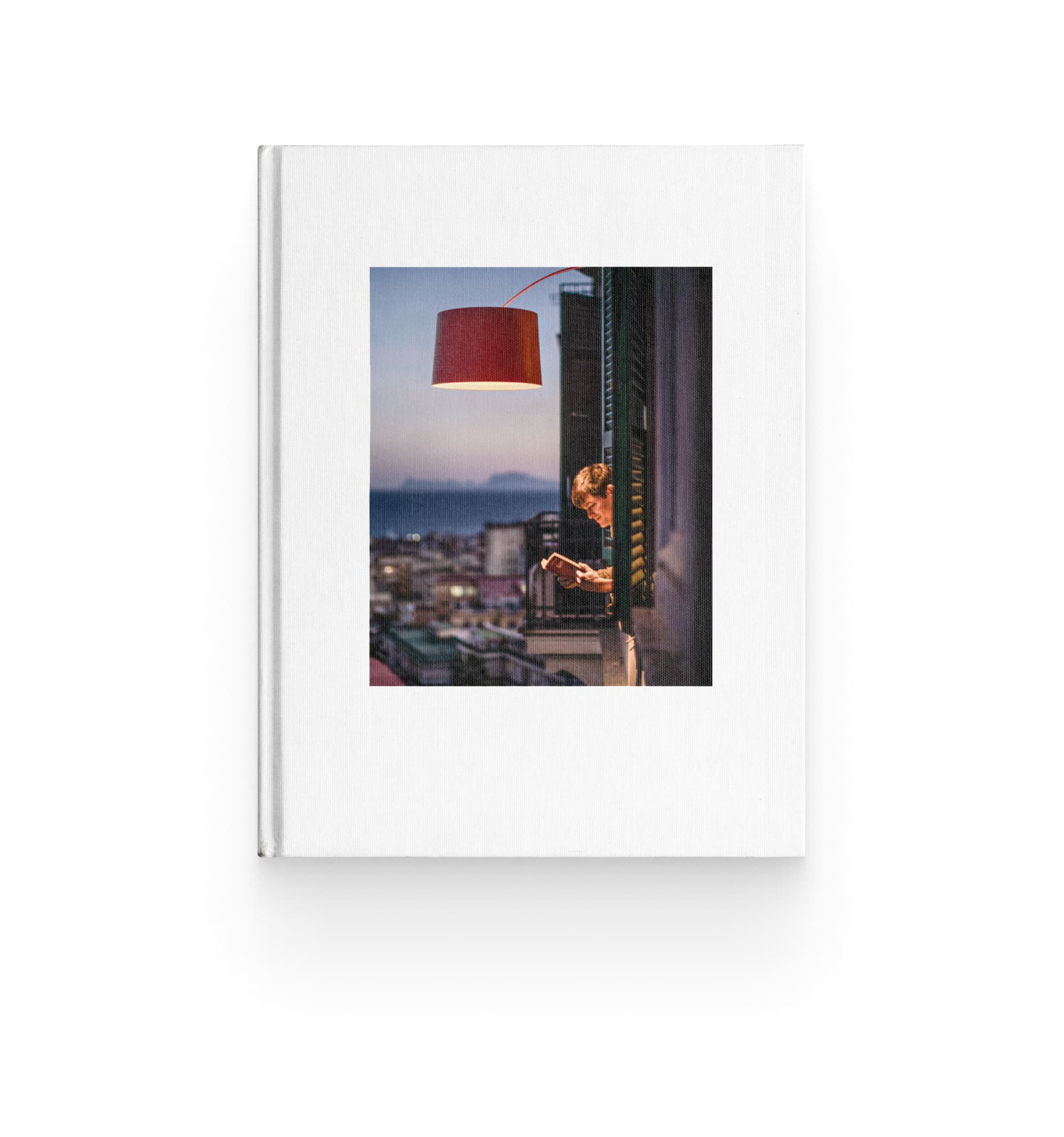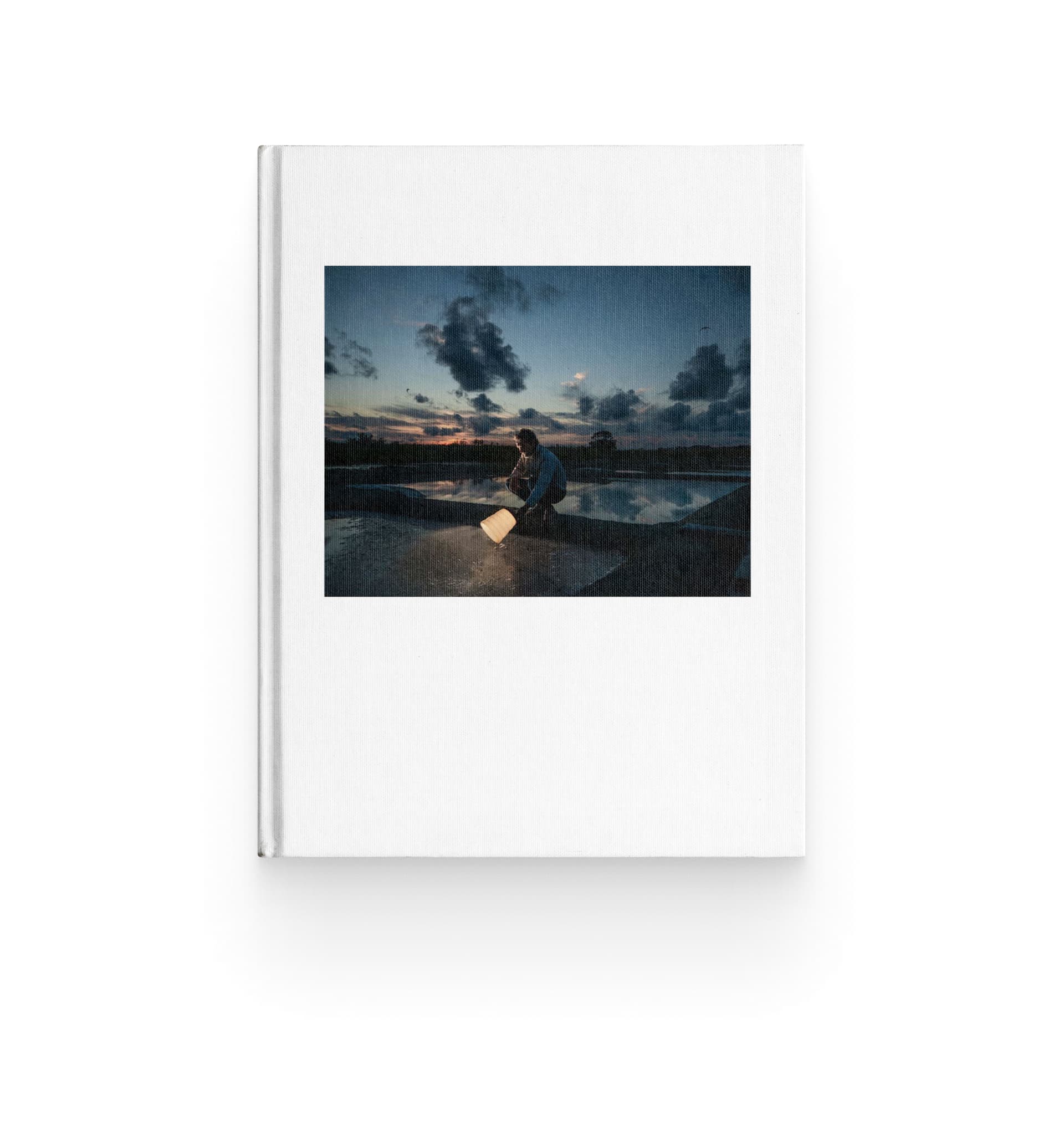Between nature and dreams: Helen Musselwhite’s paper and light landscapes for Foscarini
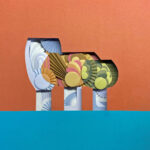
Helen Musselwhite’s artistic universe is made of paper cutouts, folds, and shadows that narrate the wonder of the natural world. For What’s in a Lamp?, the artist reinterprets some of Foscarini’s lamps, transforming them into dreamlike paper landscapes. A delicate dialogue between light, nature, and craftsmanship, revealing the hidden poetry in everyday objects.
In her studio in Manchester, on the edge of the English countryside, Helen Musselwhite shapes enchanted landscapes by folding and layering paper cutouts with a mastery that blends craftsmanship, artistic vision, and innovation. Her art explores the beauty of nature with meticulous attention to detail: from small animals to magical landscapes, every element is built with precision and poetry, and a simple material like paper generates narrative scenes full of suggestion.
For Foscarini’s What’s in a Lamp? project, the British artist created a series of works that reinterpret some of Foscarini’s lamps, selected from those whose design or names evoke elements of the natural world.
Using her distinctive layering technique — a meticulous process of constructing, layer by layer, with papers of varying weights and colors — each lamp is framed in a three-dimensional story that unfolds from its shape, evoking emotions and visions. In her compositions, light is not just a subject: it is a living material that interacts with the paper, shaping the scenes, generating shadows, depth, and rhythm. The resulting works are both delicate and complex, capable of transporting us to a dimension suspended between dream and reality, where each lamp becomes a gateway to a world to explore.
“I like the idea that, with paper, I can create anything my creativity desires. It’s a simple material, but the possibilities are endless. Paper and light both become materials I shape: through layering and the play of light and shadow, I can add depth, suggest movement, and tell stories that light up under the viewer’s gaze.”
HELEN MUSSELWHITE
/ ARTIST
Discover the imaginative universe of Helen Musselwhite: read the full interview to dive deeper into her creative vision and follow the What’s in a Lamp? project on Instagram @foscarinilamps, and be inspired by the upcoming artworks.
Tell us a bit about yourself and your background, can you share the moment or experience that led you to pursue a career in art?
I come from a family of amateur artists and makers. There was always evidence of that around from my Grandad painting with oils listening to classical music, my Dad mending things from toys to tractors and my Mum, who was the driving force of my creative interests, consistently trying out new creative activities and encouraging me to try my own. Their spirit is in everything I make and I’m very grateful.
How would you describe your style?
My style is graphic, colorful and intricate. It’s based on craft, process and detail. In the past I’ve strived for perfection but lately I’ve been trying to be at one with the imperfections that inevitably come from my hands, the Wabi Sabi. I think it’s a reaction to AI.
What drew you to paper as your main medium, and what keeps you captivated by its possibilities?
I started to use paper because it was an affordable, ubiquitous and humble material. My 1st pieces were all white, I liked the idea that I could pile on intricacy and detail and it would still retain a calm quality because it was white on white on white. Color soon came along though! The original reasons for using paper still keep me captivate, I love that a simple sheet of paper can become anything your creativity wants it to be.
Your three-dimensional paper art creations often feature intricate layers, vivid colors, and rich storytelling. How did you develop this signature style?
My work lives between 2 and 3D, the best way I can describe it is 2.5D, occasionally it goes fully into 3D but I like the in-between space. I started to use paper and layering because I wasn’t confident in my ability to work in the traditional realm of 2D and I didn’t learn to illustrate digitally so I felt I needed something to detract from this and to add originality to what I was trying to achieve.
In recent years I’ve liked the storytelling aspect of my work to childhood memories: the joy and wonder of visiting miniature model villages, making miniature gardens on biscuit tin lids and, in particular, some framed Hawaiian pictures made from layers of paper, bark and twigs that belonged to an Uncle. I wanted to shrink down and walk around in all the above!
How does this collaboration for What’s in a lamp? editorial project reflect your artistic philosophy and approach to design?
I was very happy to contribute to What’s in a Lamp. My interest in all things creative extends to interior and product design and Foscarini is on my radar as an innovative and distinctive brand with craftsmanship at its core, all attributes I admire and attempt to recreate.
What’s your creative process like when working on your artworks? Do you have specific rituals or habits that you follow to nurture your creative and alternative viewpoint?
My creative process is mostly analogue. It starts with notes and quick thumbnail sketches that I enlarge on a photocopier and work into deciding on layers and detail. I add color to the sketches with marker pens which is a part of the process I love and have done since I was a child although then they were just regular felt tip pens not expensive markers!
The making stage is next, the layers and elements are traced onto the papers, cut out and assembled.
The last stage is photography, this is where I enter the modern digital world either myself or preferably with a professional photographer.
I’d love my process to be tidier, but my small studio always gets very messy so after each project I reset with a big tidy ready for it to get messy again!
Another important part of my day is going for a walk, it’s something I used to do with our Labrador Earl(rip) and I’ve kept up. I spend long hours sitting doing repetitive actions so need a reset in body and mind, also hoping soon to have another 4-legged friend to share walks with…
Can you share the core concept or inspiration behind your What’s in a Lamp? series?
The inspiration behind my What’s in a Lamp series is based on the design concepts and names of the lights I’ve chosen. The concept that links the work is a framing device I often use with lots of layers and detail within it. It worked well for this project defining the shape and outline of the lights and highlighting a story or design linked to them within the shape.
Nature often plays a central role in your work. How did that influence show up in this series, and were there any specific narratives or emotions you aimed to convey?
Several of the lights I chose to portray have a link to nature in their name or their purpose, so they were a natural inspiration.
Do you have a favorite piece from this series? What makes it stand out for you?
Birdie and Gregg were the 1st ones I chose; I liked the idea of them illuminating a brief moment, a bird flying and nocturnal creatures passing through the light cast by them.
What does creativity mean to you?
To me creativity means being inspired to think about, make or do something. It’s fleeting and sometimes hard to catch and pin down but it’s always around.
Learn more about the collaboration with Helen Musselwhite and the full series on the Instagram channel @foscarinilamps, and explore all the works from the project What’s in a Lamp?, where international artists are invited to interpret light and Foscarini lamps.
